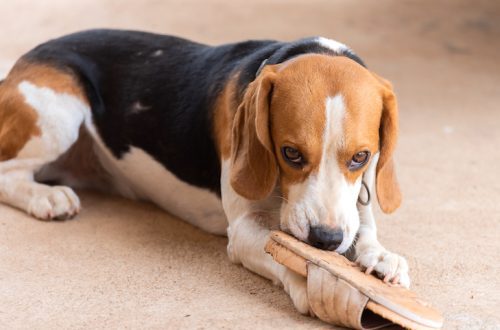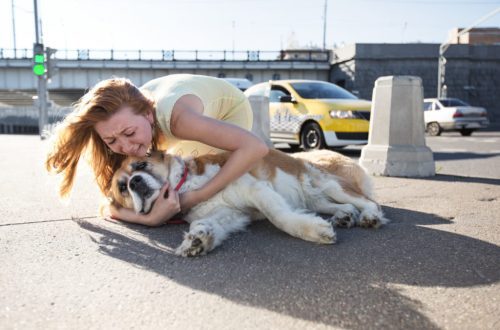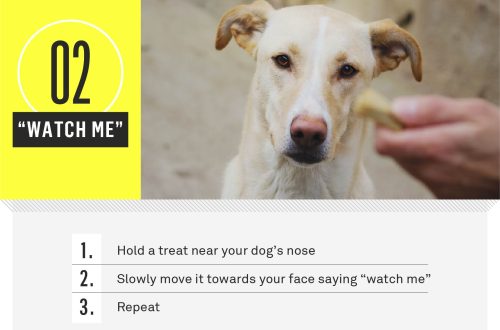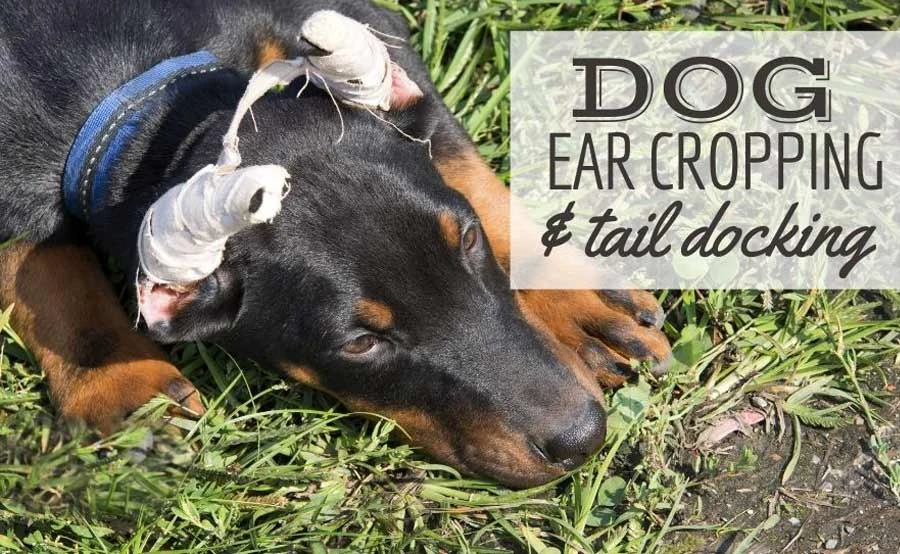
Ear and tail cropping in dogs – what you need to know about cosmetic surgery in pets
Sometimes it can be difficult to know which surgery your dog really needs for medical purposes and which is purely cosmetic. Should a dog’s dew toe be removed and is there a reason to justify ear cropping? Here are some of the most common cosmetic surgeries for dogs and what veterinarians say about these procedures.
Contents
Why do ear and tail cropping in dogs
A Doberman, Great Dane or Boxer with pointed ears sticking straight up has had ear cropping. This procedure consists of clipping the ears of a dog in puppyhood, splinting and bandaging for several weeks. The operation is painful and is banned in several countries, including Australia, parts of Canada, and nine US states.
Tail docking is the removal of part of a dog’s tail. Historically, this procedure was used in animals that pulled wagons or sleds, such as Rottweilers and hunting breeds. Its purpose was to prevent injuries to the tail during wagon work or hunting. The procedure is often performed on puppies on the 5th day after birth.
There are times when tail amputation is required as a result of injury or the risk of further damage. In such cases, a proper operation is performed using general anesthesia and anesthesia.
The American Veterinary Medical Association does not support ear and tail cropping in dogs for cosmetic purposes. If the pet has floppy ears or a long tail, you need to let him talk and wag them naturally, as expected.
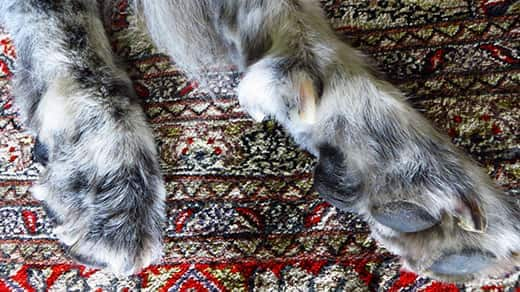
Dewclaw Removal
On the hind paw of the dog you can see four clawed fingers. If the dewclaw is not removed, it will be located about 5 cm from the foot on the inside of the paw. The dewclaw can be attached to the bone with a joint, or, if the joint is not formed, it is attached directly to the skin. Dogs use their dewclaws to grip surfaces when turning at high speeds. They also help them hold objects, such as a toy that they gnaw on.
Many breeders remove the dewclaw from puppies a few days after birth. If a dog has dewclaws that are not attached to the bone, or if it has an extra dewclaw, some owners choose to have them removed at the same time as the neutering or neutering procedure.
The purpose of removing the dewclaw is to prevent possible injury, but it should be remembered that in practice such injuries are quite rare. This means that most operations to remove dewclaws are solely due to the preferences of the owners.
It is not necessary to remove the dewclaws in dogs, but in some cases, for example, if the dewclaw is injured, it should be removed. You will likely need general anesthesia, pain relief, and restorative procedures, including bandaging. Removal of the dewclaw will be performed only on the injured paw.
testicular implants
Canine testicle implants, made of silicone, are inserted into the scrotum after the male has been neutered so that he does not look neutered. Some dog owners claim that implants increase their dog’s confidence, but there is no scientific evidence to support this theory. Experts do not recommend this procedure.
ocular prosthesis
If the dog’s eye has been surgically removed, owners can install an intraocular prosthesis for the dog. As part of the procedure, the inner contents of the damaged or diseased eye are removed and a silicone implant is inserted in its place. Alternatively, the entire eye can be removed and replaced with a glass or silicone prosthesis. This operation is for cosmetic purposes only. There is nothing wrong with a one-eyed dog.
РњРµРґРёС † РёРЅСЃРєРёРµ РїСЂРѕС † РµРґСѓСЂС ‹
There are a few other operations on dogs that appear to be cosmetic but may be medically necessary in some cases:
- Nose plastic surgery. Dogs are generally not given this surgery for cosmetic reasons. Dogs undergo rhinoplasty solely for the purpose of breathing easier. Similar operations are commonly performed on brachycephalic breeds such as bulldogs and pugs, which are born with very narrow nostrils that restrict airflow. The operation usually involves cutting and widening the nostrils to improve the airway.
- Skin tightening. Such operations are performed on dogs with severe facial wrinkles, such as Shar-Peis and English Bulldogs, whose skin folds either become easily infected or rub against the eyes, causing irritation. During facelift surgery, the veterinarian trims excess skin to reduce wrinkles.
- Eyelid lift. If the dog has an inversion (entropion) or eversion (ectropion) of the eyelid, mechanical irritation of the corneal surface can cause pain and anxiety. In severe cases, the dog may even go blind. Surgery is recommended to correct the problem.
Instead of trying to change the dog’s appearance with surgery, owners should accept it for who it is. It is better to support the ethical treatment of animals and let breeders know that there is nothing good in these procedures. For example, do not take puppies from those who use such practices.



